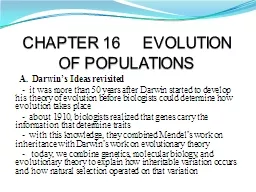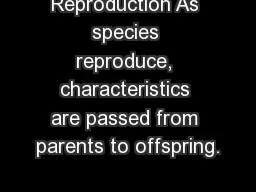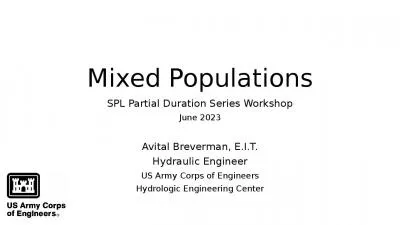PPT-Characteristics of Populations
Author : marina-yarberry | Published Date : 2017-06-05
SBI4U Miss Richardson Population Size and Density Populations are constantly in flux They move change and are influenced by their environment Various ecosystems
Presentation Embed Code
Download Presentation
Download Presentation The PPT/PDF document "Characteristics of Populations" is the property of its rightful owner. Permission is granted to download and print the materials on this website for personal, non-commercial use only, and to display it on your personal computer provided you do not modify the materials and that you retain all copyright notices contained in the materials. By downloading content from our website, you accept the terms of this agreement.
Characteristics of Populations: Transcript
Download Rules Of Document
"Characteristics of Populations"The content belongs to its owner. You may download and print it for personal use, without modification, and keep all copyright notices. By downloading, you agree to these terms.
Related Documents














